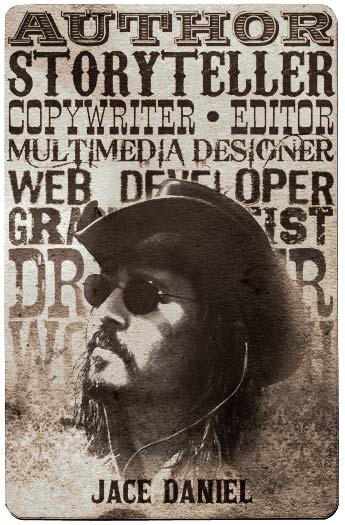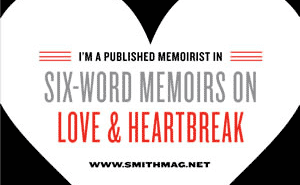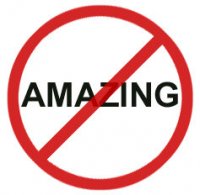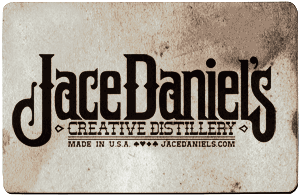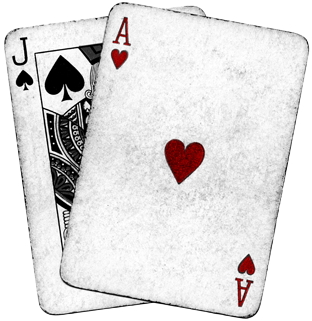In European traditional art and folklore, the heart is drawn in this shape: ♥
What the traditional “heart shape” actually depicts is a matter of some controversy. It only vaguely resembles the human heart. Some claim that it actually depicts the hearts of cattle, a more readily available sight to most people in past centuries than an actual human heart. However, while beef hearts are more similar to the iconic heart shape, the resemblance is still slight. The shape does resemble that of the three-chambered heart of the turtle, and that of the human male prostate gland, but it is very unlikely that the image was patterned after either of these organs.
There are many claims that the “heart” shape actually depict features of the human female, such as the female’s pubic mound or vulva. A Sumerian cuneiform symbol for “woman” closely resembles the heart shape, and is believed to directly depict the pubic mound. Others maintain that the heart resembles the shape of the female breasts or the female buttocks, especially when bent over in readiness for copulation. Any of these origins would indicate that the heart was originally a symbol of fertility and sexuality, explaining its current association with love.
This shape is particularly associated with romantic poetry; it is often seen on St. Valentine’s Day cards, candy boxes, and similar popular culture artifacts as a symbol of romantic love.
In Unicode, the heart symbol is U+2665, and can thus be generated in HTML by typing ♥ or ♥. However, many browsers will not have a font that can display it.
The modern emoticon is represented by <3.

